Description
Polyurethane Foam: A Versatile Material Transforming Industries
Polyurethane (PU) foam is a ubiquitous material that plays a crucial role in various aspects of modern life. From the cozy cushioning of our furniture to the efficient insulation of our homes, PU foam’s versatility and adaptability have made it a cornerstone of numerous industries. Understanding its properties, applications, and environmental considerations is key to appreciating its widespread impact.
What is Polyurethane Foam?
Polyurethane foam is a polymer composed of organic units joined by carbamate (urethane) links. It is typically formed by reacting a polyol (an alcohol with multiple hydroxyl groups) and an isocyanate in the presence of a blowing agent and other additives. This chemical reaction creates a foamed material with a cellular structure, ranging from open-celled (flexible) to closed-celled (rigid) depending on the specific formulation and manufacturing process.
Types of Polyurethane Foam:
The diverse uses of PU foam stem from its ability to be formulated in various ways, resulting in a wide range of properties. Here are some of the most common types:
- Flexible PU Foam: This is the type we typically associate with cushioning. It’s found in mattresses, furniture upholstery, car seats, and packaging. Flexible foams are appreciated for their comfort, resilience, and ability to absorb impact.
- Rigid PU Foam: Characterized by its closed-cell structure, rigid PU foam provides excellent thermal insulation. It’s widely used in refrigerators, freezers, building insulation (spray foam, panels), and pipe insulation. Its high strength-to-weight ratio makes it an ideal choice for structural applications.
- Integral Skin Foam: This type boasts a tough, durable outer skin and a softer, more flexible core. It’s often used for automotive parts (steering wheels, dashboards), shoe soles, and protective padding.
- Spray Polyurethane Foam (SPF): Applied as a liquid, SPF expands to fill cavities and create a seamless air barrier. It’s highly effective for insulation and can be used in residential, commercial, and industrial settings.
- Memory Foam: A type of flexible PU foam with viscoelastic properties, memory foam conforms to the shape of the body, providing pressure relief and support. It’s primarily used in mattresses, pillows, and cushions.
Applications Across Industries:
The diverse properties of PU foam have led to its adoption in a plethora of industries:
- Construction: Insulation (walls, roofs), sealants, adhesives, structural components.
- Automotive: Seats, dashboards, bumpers, interior trim.
- Furniture: Mattresses, cushions, upholstery.
- Packaging: Protective packaging for electronics, appliances, and fragile goods.
- Appliance: Insulation in refrigerators, freezers, and water heaters.
- Footwear: Shoe soles, insoles, and padding.
- Textiles: Padding, insulation, and support in clothing.
Advantages of Using Polyurethane Foam:
- Versatility: Can be formulated to meet specific requirements for flexibility, rigidity, density, and other properties.
- Excellent Insulation: Rigid PU foam provides superior thermal insulation compared to many other materials.
- Lightweight: Offers a high strength-to-weight ratio, making it ideal for applications where weight is a concern.
- Durability: Resistant to wear, tear, and many chemicals.
- Cost-Effective: Relatively inexpensive compared to some alternative materials.
- Customizable: Can be molded into complex shapes and sizes.
Environmental Considerations:
While PU foam offers many benefits, environmental concerns are increasingly important. Traditional blowing agents used in the past have contributed to ozone depletion and global warming. However, advancements in technology have led to the development of more environmentally friendly alternatives, such as water-blown and hydrocarbon-blown foams.
Recycling PU foam presents challenges, but research and development efforts are focused on improving recycling methods and exploring bio-based feedstocks for PU production.
Conclusion:
Polyurethane foam has revolutionized numerous industries with its versatility, performance, and cost-effectiveness. As technology continues to evolve, we can expect further advancements in PU foam formulations, production processes, and recycling methods, leading to even more sustainable and innovative applications in the future. Understanding the complexities and benefits of this material allows us to appreciate its significant contributions to our modern world.


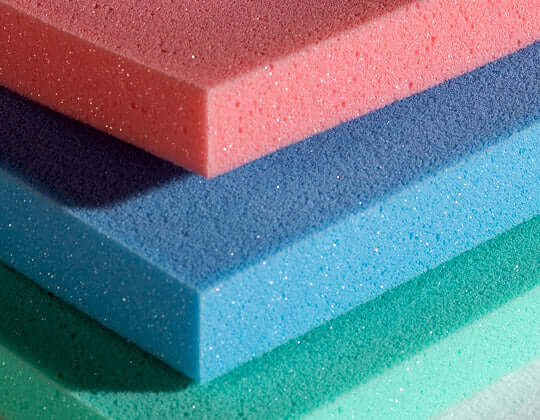

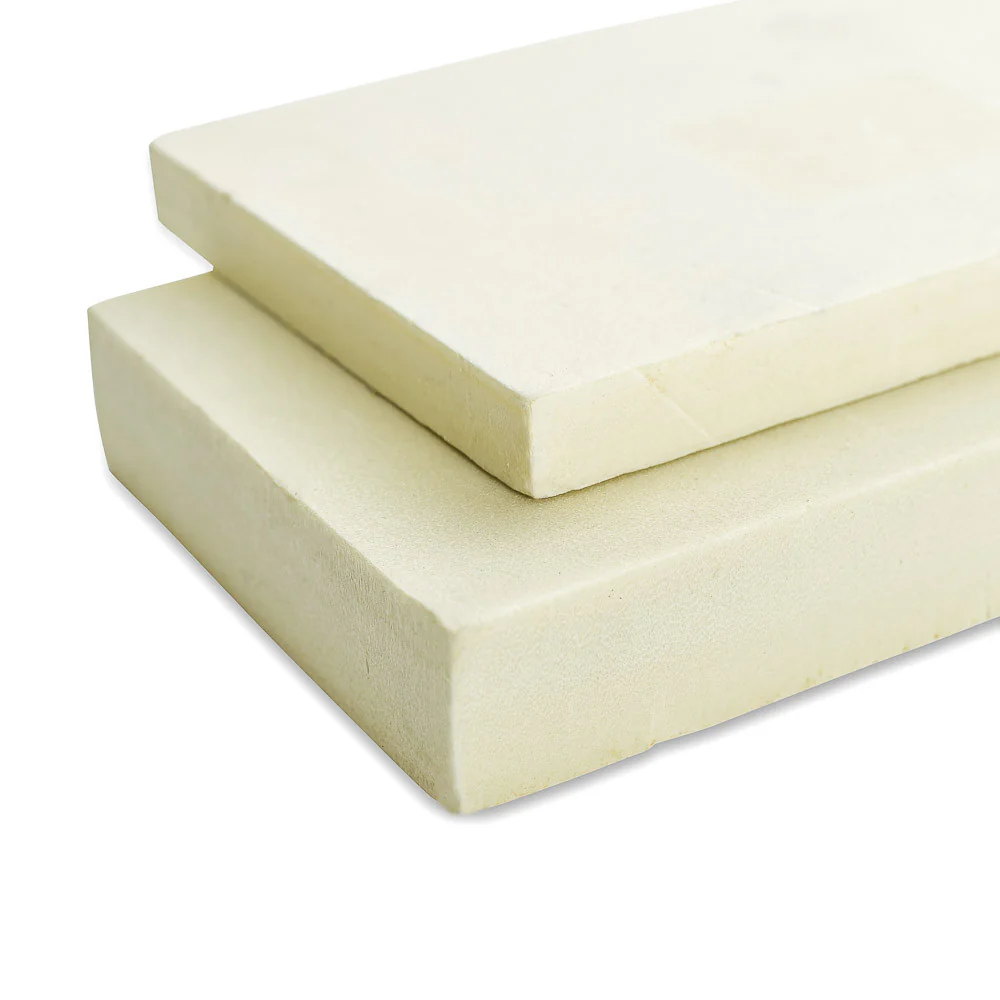
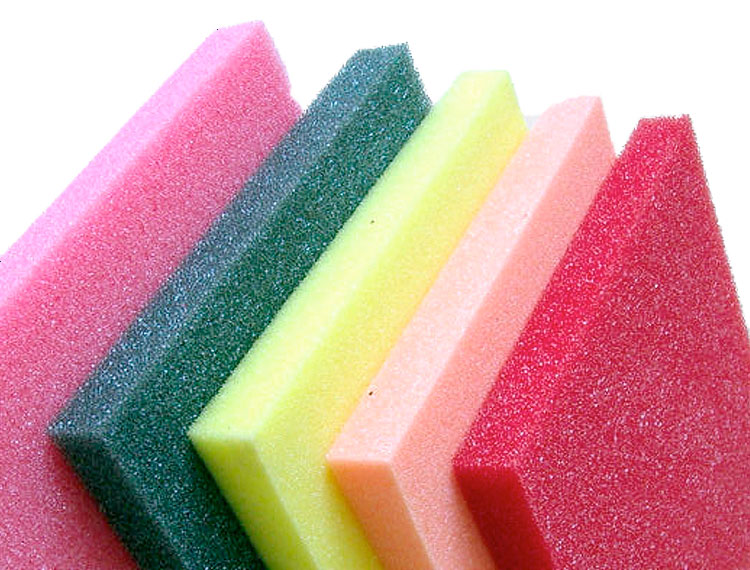
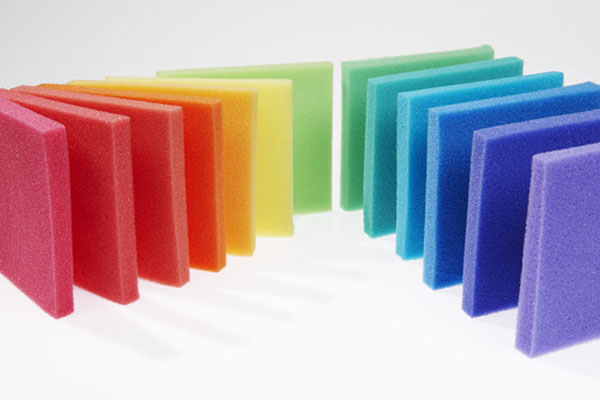
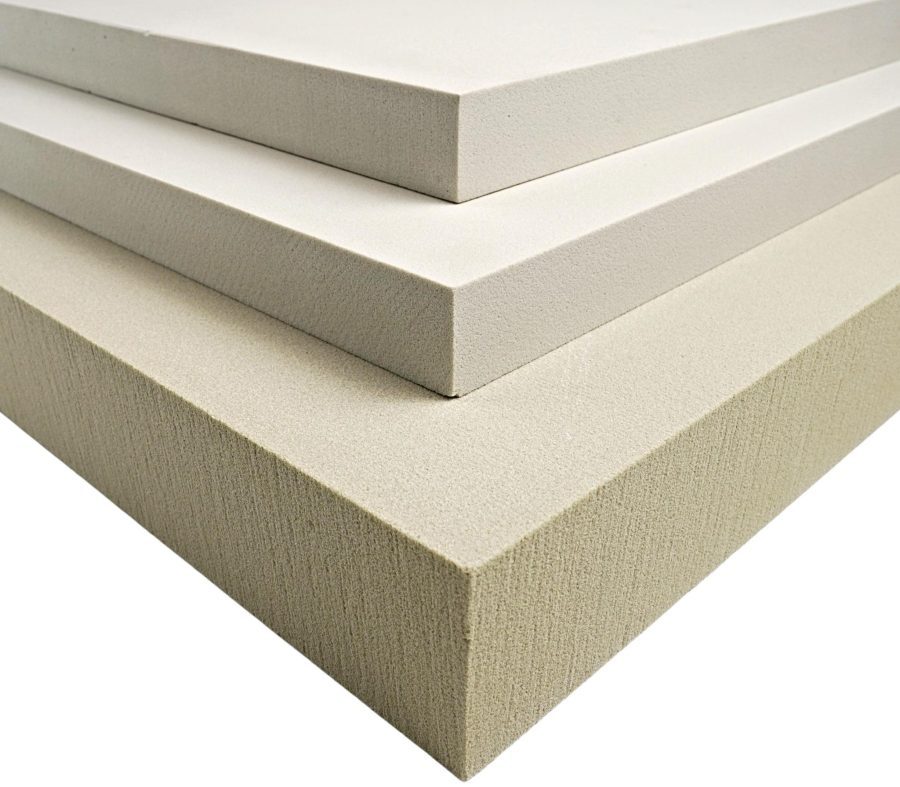

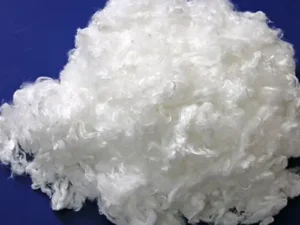
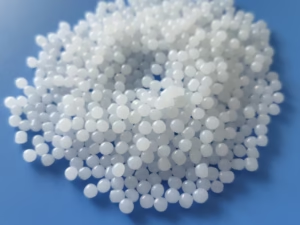
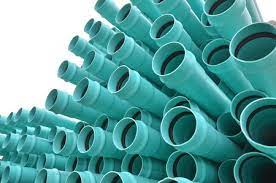
Reviews
There are no reviews yet.